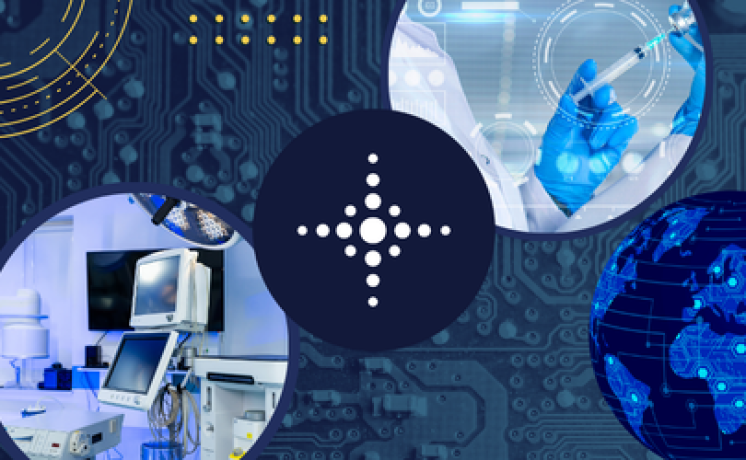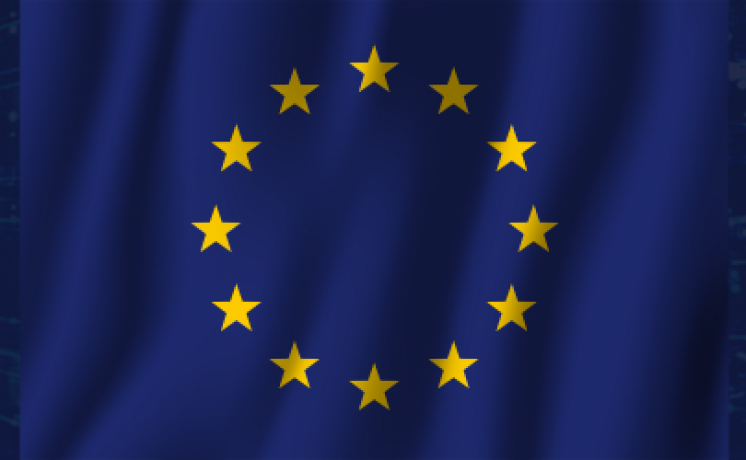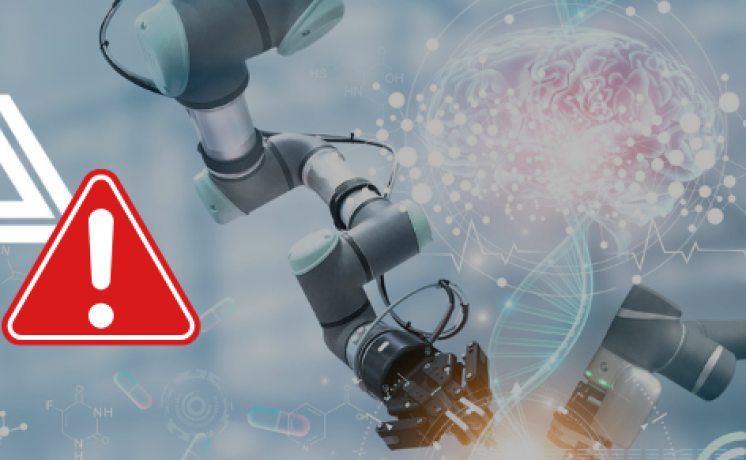Life sciences companies want to recruit top talent in the industry. Integrating AI tools into recruitment strategies helps to find and engage that talent. But it’s more than an upgrade; it’s a strategic move toward smarter and more efficient hiring practices.
Challenges in Traditional Recruitment
When recruiters are sourcing candidates and screening resumes, it’s a challenge to manage the sudden influx of applications and ensure quality hires.
AI is transforming recruitment by:
- Screening resumes and matching candidates. AI-powered systems screen resumes by analyzing keywords, skills, experience, and qualifications and matching them to job postings. This automation significantly reduces the time spent on initial screening. Over time, AI algorithms will learn from previous hiring decisions to improve future candidate matching.
- Automating the shortlist process. AI algorithms automate resume screening so that the most relevant candidates are shortlisted, which helps make the recruitment process more efficient.
- Enhancing candidate engagement: AI-driven chatbots that interact with candidates provide timely updates and responses during recruitment to improve the candidate experience.
Business Intelligence Plays a Role, Too
Recruiters and HR professionals want to make data-driven decisions in their recruitment processes, but often struggle with interpreting vast amounts of data. Tools like Power BI—a collection of software services, apps, and connectors from Microsoft—are solutions that provide comprehensive data analytics that transform recruitment data into actionable insights for strategic hiring decisions.
How do HR professionals leverage data-driven insights to make informed decisions?
- By understanding the role of data analytics in recruiting. After collecting, analyzing, and interpreting data, HR professionals use that data to make decisions related to hiring and ensure that each step in the process is aligned with the organization’s goals and strategy.
- By leveraging various datasets for candidate sourcing. Online resources like social media platforms, professional networking sites, and job portals are sources of data that may help identify candidates beyond those actively applying. It’s an automated proactive approach to expand the candidate pool.
- By analyzing metrics to optimize the recruiting process. Measuring the time it takes to successfully fill a role, calculating the cost per hire, and identifying the source of hire provide valuable information about the process’s efficiency and effectiveness.
- By recognizing candidate engagement patterns. Data from candidate surveys and feedback during or after interviews helps identify pain points for candidates and areas for organizational improvement. After all, a positive candidate experience leads to greater satisfaction, more referrals, and a stronger talent pipeline.
Using AI to Eliminate Bias in the Recruiting and Hiring Process
While AI-driven recruitment tools improve efficiency and effectiveness, it’s important that they use unbiased datasets. You’ve probably experienced the recruiting and hiring process a time or two. You might also have experienced unconscious human bias.
AI has the potential to eliminate bias by:
- Overcoming unconscious human bias. Automated screening tools can be programmed to ignore demographic information like gender, age, race, and marital or parental status. That way, recruiters and hiring managers evaluate candidates based on what really matters—the knowledge, skills, and abilities relevant to the position.
- Assessing the entire pipeline of candidates. Where humans will use conscious or unconscious bias to shrink the pipeline in order to review fewer resumes, AI will assess the entire pipeline and shortlist the most relevant candidates.
That being said, the algorithms themselves must not create bias, which typically stems from limited data sets and biased algorithm designers. Decisions made by AI are based on the data it receives. If it’s unfair, algorithms perpetuate bias, incompleteness, or discrimination.
Technical measures like unbiased dataset frameworks, algorithmic transparency, corporate ethical governance, and external oversight help to mitigate bias in algorithms.
Balancing AI with Human Judgment
While AI improves efficiency, AI tools are most effective when there’s a human in the loop who understands the nuances of candidate personalities and company culture. Human judgment is needed to assess intangible qualities such as cultural fit, communication skills, and leadership potential.
On the flip side, recruiters offer the personal touch that fosters trust and rapport with candidates. Support and constructive feedback are appreciated by job seekers and contribute to a positive experience, whether or not they are hired.
Embracing AI in Recruitment
AI tools introduce progressive strategies in recruiting and hiring and speed up the workflow for tasks like screening resumes, matching candidates, and generating communication. They set the stage for future growth and success.
As a leading consulting firm with a 23-year streak in successful project support for global pharmaceutical, medical device, and biotechnology companies, USDM recruiters are embracing AI to identify talent, improve communication, and present just the right person for roles requiring life sciences expertise.
We offer comprehensive GxP technology, regulatory compliance, and quality management services delivered in the business model of your choice:
- Staff augmentation: gets you the industry’s top talent for your projects. Ideal for when you don’t want to hire a full-time employee for a short-term assignment. We have the candidate pool and sourcing power to properly staff your projects.
- Managed staffing: takes over the management of an existing team in your organization. A dedicated lead addresses the team’s needs, issues, and concerns and relieves you of the day-to-day administrative tasks.
- Consulting and professional services: supports clearly defined projects with a scope, timeline, and budget. With well-defined service level agreements (SLAs), your project will be completed on time and on budget with mutually agreed-upon deliverables.
- Managed services: saves money and mitigates regulatory risk by managing your GxP compliance. For one IT system or many, we hire and manage the team, establish processes and procedures, and deliver results while you focus on other priorities.
Contact us to discuss your GxP project needs and requirements.




